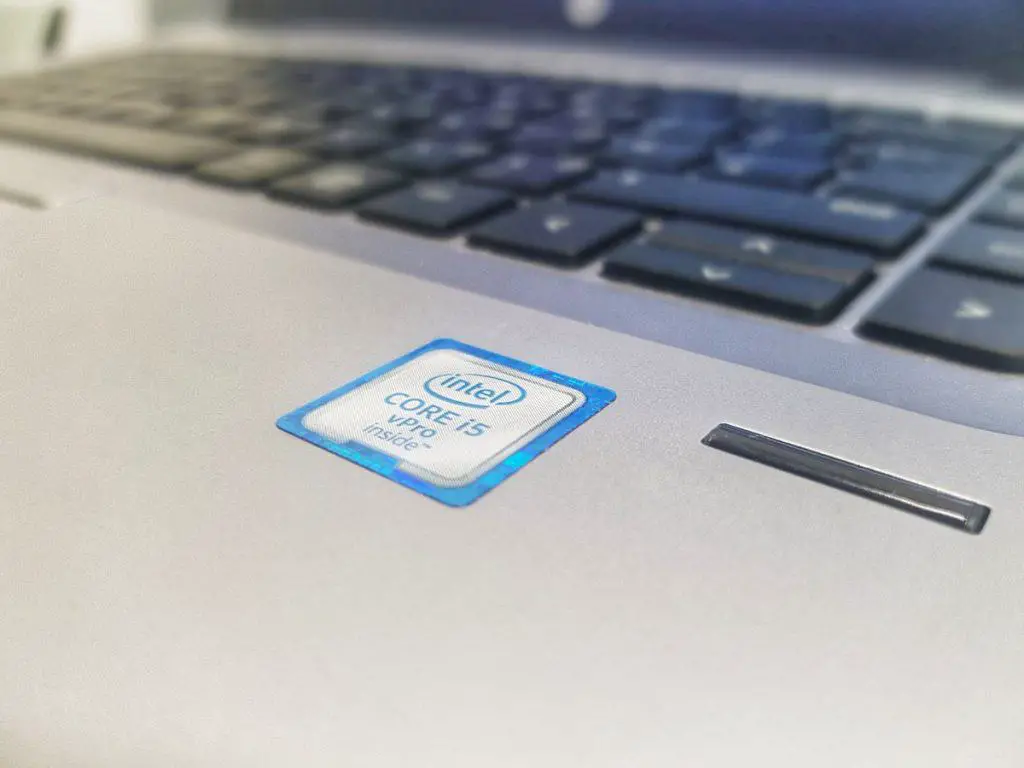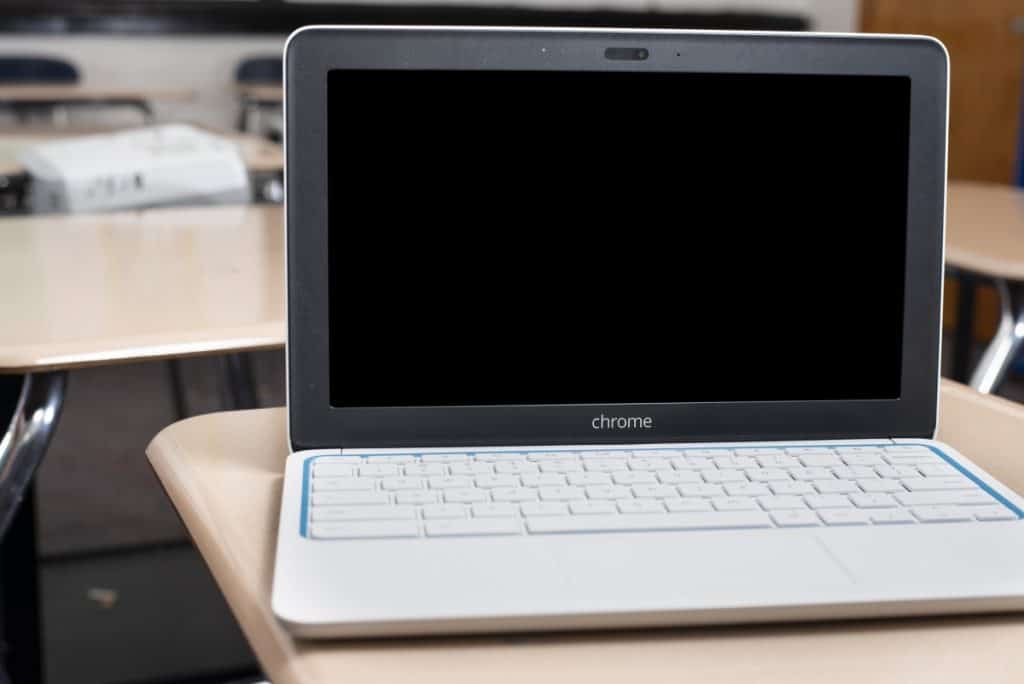Laptops may be handy and convenient because you can carry them around but they are usually riskier than desktop computers precisely because they can get stolen quite easily. For those who value their security and privacy, it would be important to make sure that your laptop is as secured as possible when it gets stolen or if ever someone tries to access it. So, in that regard, can you put a 2-factor authentication on a laptop?
You can put a 2-factor authentication on a laptop using Windows Hello. But not all laptops come with this feature as they need a special kind of camera or fingerprint reader to make use of Windows Hello. So, if you don’t have a laptop with that kind of camera or fingerprint read, you can’t put 2-factor authentication.
The 2-factor authentication has become a very useful way of securing your gadgets in today’s modern and digital world that is prone to cyber-attacks and hacking. That said, you can make use of 2-factor authentication on your laptop so that you can make it more secure than it already is just in case someone tries to get into your laptop if it gets stolen or if you leave it lying around somewhere.

What is 2-factor authentication?
As we go deeper into the digital age that we live in today, we are now becoming more prone to cyber-attacks that can instantly put our security and personal data into jeopardy as hackers have become wiser and better today when it comes to finding unique ways to steal your personal information or even access personal accounts that contain all they need to know about your finances and your other important data.
A lot of the cyber-attacks that are happening can happen remotely when some hacker is trying to get into your account after he was able to crack your password but this can also happen when someone has stolen your laptop or has actually gained access to it after you left it in a place where anyone can access it. This can easily put your security and safety into jeopardy because the same person can access important files and data that are sensitive. That’s why laptop security should be a priority for a lot of people nowadays.
In that regard, certain laptop manufacturers have implemented secure ways for you to access your laptop. Most laptops make use of a password that will allow you to easily access a laptop just by inputting a simple password that you yourself chose.
But what if they do indeed access your laptop by finding a workaround for your password? In such a case, it will become easier for them to access the private information you have stored in the accounts you have saved on your laptop such as your emails, bank accounts, and social media accounts.
This is where 2-factor authentication comes in. You may already be familiar with 2-factor authentication as this is commonly used by Facebook and banking apps.
So, what happens here is that, after you input your password, these apps will find other ways for you to authenticate that you did indeed try to log into your account. Facebook allows you to authenticate the login using another device that was already previously logged in. Meanwhile, most banking apps usually authenticate the login by sending you a unique one-time code to your mobile phone.
Think of 2-factor authentication as something similar to selling a piece of property that is conjugally owned by you and your wife. Your signature might be needed for you to sell it but so is your wife’s signature. In the same way that you can’t sell it without your wife’s signature, you won’t be able to access an account protected by 2-factor authentication with the second stage of authentication, which is the unique code sent to you.
What 2-factor authentication does is that it ramps up the security because hackers won’t be able to find out in time the code that was sent to you. They may be able to make use of a lot of different methods to find out what your password is but they won’t have enough time to crack the code sent to you via 2-factor authentication or find a way to skirt through the biological traits that the 2-factor authentication requires. This ultimately makes accounts secured by 2-factor authentication much safer.

Can you put 2-factor authentication on a laptop?
So, now that you know what 2-factor authentication is, you might be wondering if this is something that you can put on your laptop. After all, everyone wants a piece of that pie in terms of what it offers from a security standpoint.
The good news is that you can put 2-factor authentication on a laptop. However, there is a caveat here because you need to make sure that your laptop comes with the hardware that will allow it to make use of 2-factor authentication. But why is that?
Basically, the reason why your laptop must come with built-in hardware for 2-factor authentication is that Windows laptops make use of what we call Windows Hello, which is a system that makes use of your fingerprint or your facial features to unlock the laptop. In this case, the 2-factor authentication that laptops use comes in the form of using your biological traits instead of sending you a code through your mobile phone.
That said, you can only use Windows Hello if your laptop comes with a special kind of camera or a fingerprint scanner that will allow it to make use of this system. You can refer to this list to see if your laptop is one of those that are included. Otherwise, you won’t be able to put 2-factor authentication on your laptop.

How to set up 2-factor authentication using Windows Hello
If you want to set up 2-factor authentication on your Windows laptop using Windows Hello, here is how you do it:
- Open Settings by clicking on your Start menu. From there, choose Accounts.
- In Accounts, click on Sign-in options on the sidebar and scroll a bit further down to find Windows Hello. When you see it, click Set up under Face or Fingerprint.
- If your laptop doesn’t have a PIN, you need to set it up first before you will be able to make use of Windows Hello. The same option can be found in the Sign-in options.
- Click on Get Started to start the Windows Hello setup.
- Enter your PIN to authenticate that you do indeed want to set Windows Hello up.
- If you are authenticating using Face, stare into your webcam while Windows hello scans your face. For those wearing glasses, it is best to make multiple scans with and without your glasses. Meanwhile, if you want to use Fingerprint, use your desired finger and place it on your laptop’s fingerprint scanner while following the on-screen instructions.
- After all that, click on Improve Recognition for additional scans in case you are not contented with the first scan. Or you can simply close the setup process to complete it.
The next time you log into your Windows laptop, it will authenticate your login using your biometric features.
